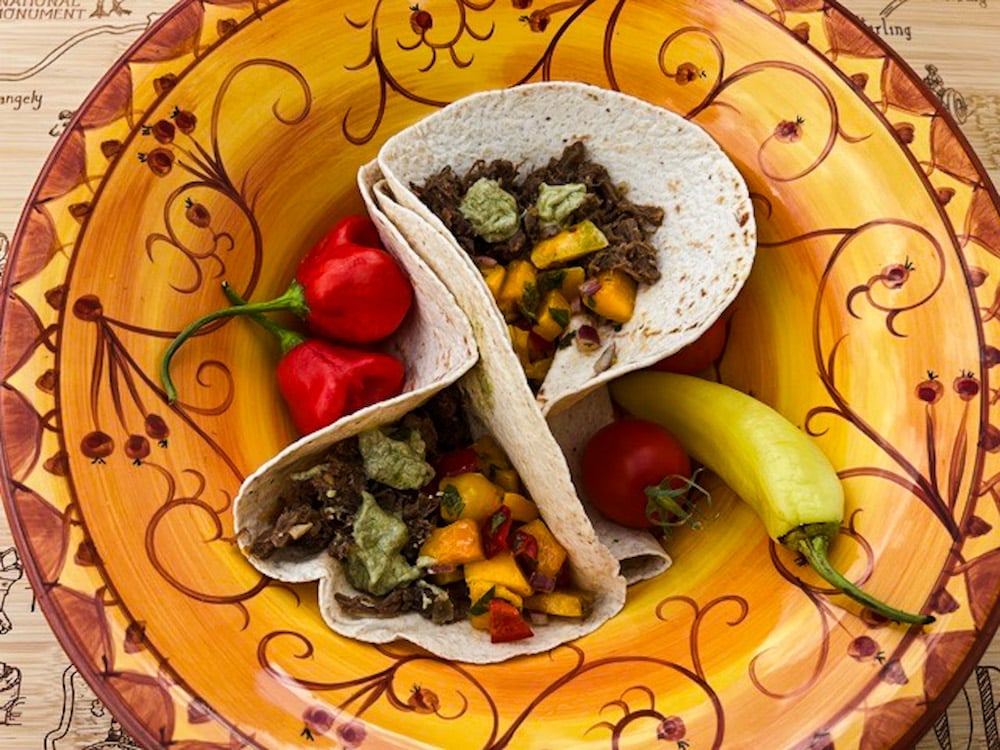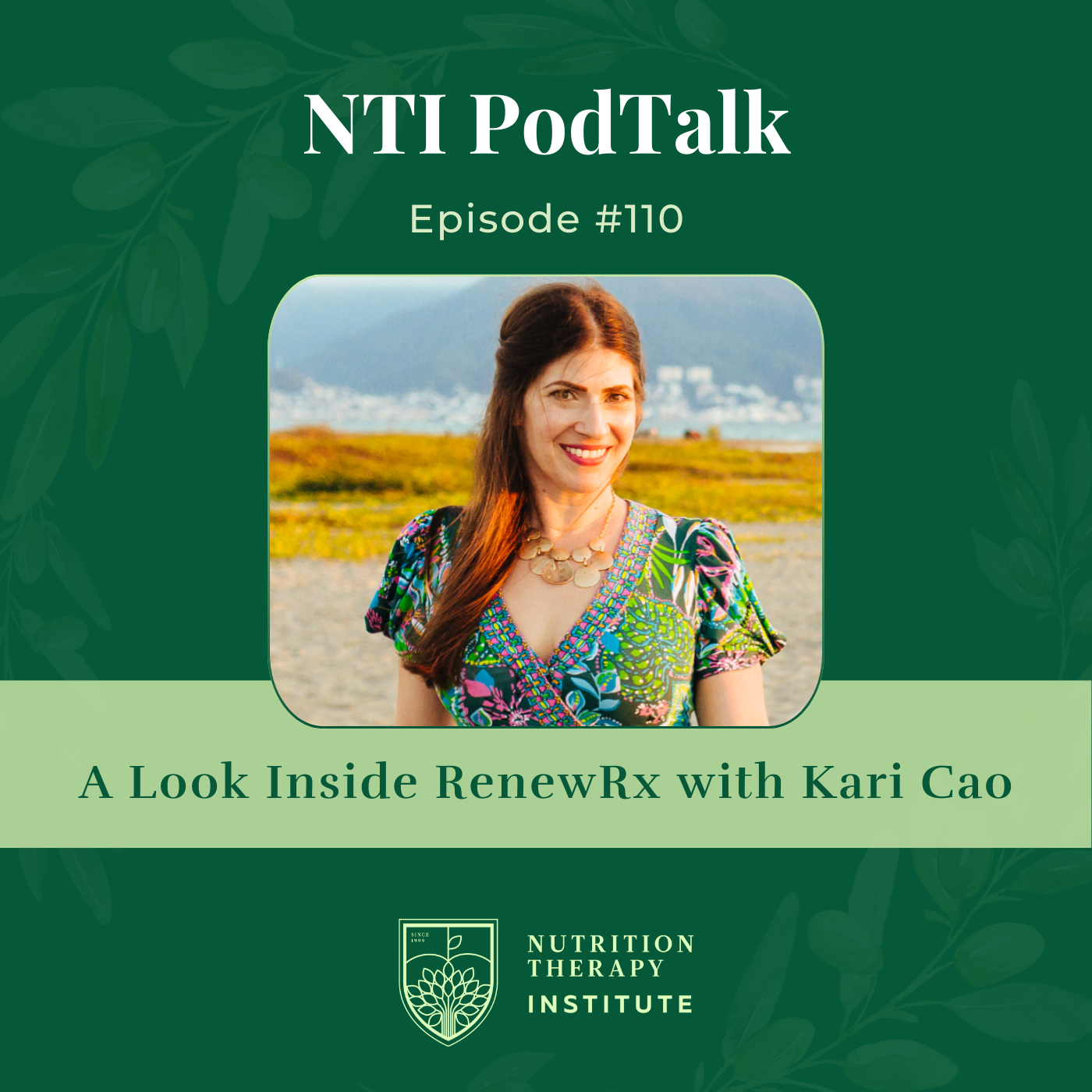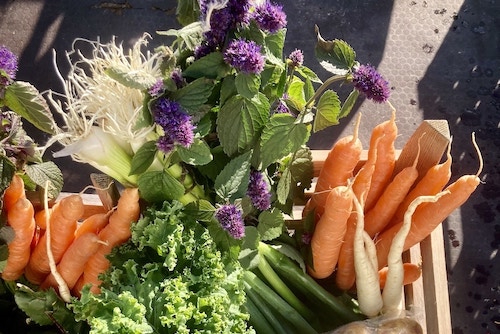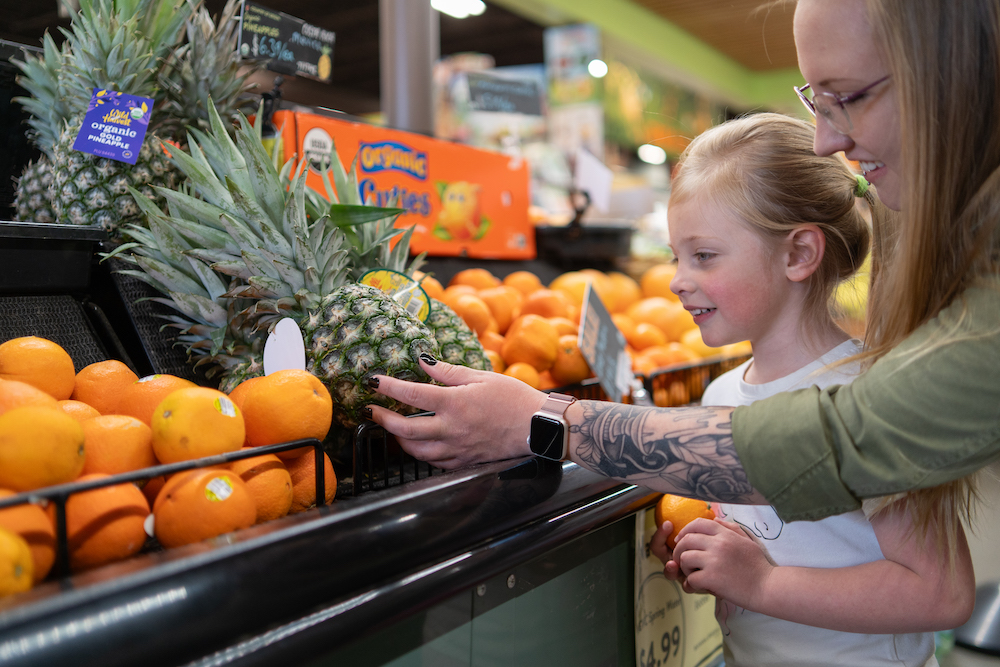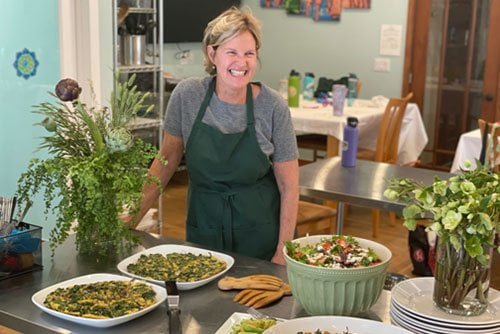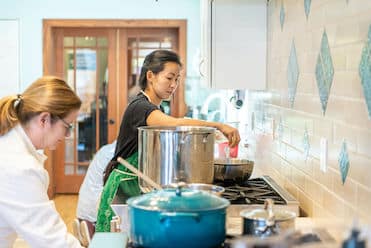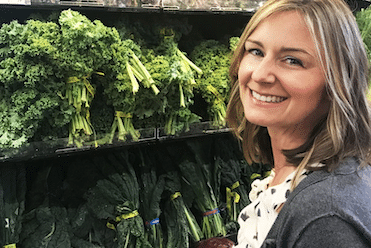
Share this post!
This recipe takes the classic “Chicken Marbella” dish to another level! The Moroccan spice rub is a flavorful addition, while the olives and dried fruit add pops of color, texture and sweetness. This Moroccan Chicken is a cozy recipe for upcoming cold winter nights! Try serving the chicken with a side of vegetables and a hearty grain – the chicken leftovers are delicious warmed up, or even sliced onto a salad.
Why we love it
One of our favorite features of this recipe is the inclusion of a hefty amount of olives. We often hear about the health benefits of olive oil due to the monounsaturated fats and plant polyphenols. What about the health benefits of olives? Olive oil is made from olives, which are technically a stone fruit. Although olives are lower in fat and polyphenol content than olive oil, olives do contain fiber, vitamin E, copper and calcium and share many of the same health benefits as olive oil.
The oleic acid in olives and their oil is known for lowering inflammation and helping fight heart disease, while the polyphenols have been linked to reducing morbidity and slowing down the progression of cardiovascular, neurodegenerative and cancer diseases. It’s no surprise that olive oil is the most often recommended healthy oil!
There are many varieties of olives, mostly coming from the Mediterranean region (Spain, Italy, Greece and France). Bottled green olives will often come pitted and stuffed with various fillings, while canned black olives are sold in a variety of olive sizes. Olives cannot be eaten straight off the tree since they are hard and bitter, but curing and brining reduce the bitterness which is present due to the natural chemical oleuropein.
Nutritional Benefits of Olives
Let’s learn more about the differences between the main olive types and which ones to focus on for maximum health benefits:
- Green olives – green olives are harvested at the earliest stages of maturity and have the highest polyphenol content. If you want the greatest bang for your buck, the olives with the highest phenolic content are Cornicabra, Coratina, Moraiolo and Koroneiki. Some other popular green varieties include Manzanilla, Gordal, Picholine, Cerignola, and Castelvetrano. Because raw green olives are naturally bitter, they need to be cured.
- Purple/Brown olives – slightly riper than green olives, these may be harvested prior to reaching full maturity. Often olives may appear purple because they have been preserved in red wine vinegar or red wine.
- Black olives – black olives are harvested at full maturity, have the highest oil content, but are lowest in phenolic levels. Some examples included Liguria, Ponentine, Gaeta, Lugano, Kalamata and Nicoise. Ripe black olives require less processing – once picked, they can proceed straight to brining.
As nutrition therapists, we encourage consumption of olives not only for the health benefits, but also because they are a fantastic source of healthy fats for clients on most therapeutic diets. Whether a client is following a vegan, paleo, keto, AIP, SCD, low-FODMAP, anti-fungal or GAPS diet, olives are typically given the green light! Sensitivities and allergies to olives are rare, thus olives are a wonderful snack option and addition to salads, pasta, charcuterie platters, made into a spread, and even added to mains like this Moroccan Chicken. Enjoy!
Moroccan Chicken
Ingredients
2 tbsp olive, avocado or coconut oil
1 large yellow onion, chopped
3 cloves garlic, chopped
1 lemon – zested and juiced
1 tbsp fresh ginger, chopped
2 tbsp Moroccan spice blend (or make the spice rub below*)
6 boneless, skinless chicken thighs
Salt and pepper, to taste
1 cup chicken stock
⅓ cup Kalamata or Castelvetrano olives, cut in half lengthwise
16 apricots or prunes, halved or roughly chopped
Instructions
- In a large sauté pan, cook onions in oil over medium heat until softened. Add garlic, Moroccan spice blend, lemon juice, zest and chopped ginger. Cook for another 2 to 3 minutes. Remove onion mixture from the pan and set aside.
- Sprinkle chicken with salt and pepper and add to the hot pan, adding more oil if necessary, and cook for about 2 minutes on each side.
- Return onion mixture to the pan and add chicken stock, olives and dried plums or apricots. Cover the pan and simmer for 15-20 minutes, or until chicken is cooked through.
- Thicken sauce with 1 tbsp of cornstarch or arrowroot if desired. Or, remove chicken from the pan and turn up the heat to reduce the sauce.
Makes 4-6 servings
Serving suggestions-
Serve over rice, millet or couscous
*Moroccan spice rub
2 tbsp sweet paprika (preferably Hungarian)
1 tsp kosher salt
½ tsp freshly ground black pepper
½ tsp ground ginger
½ tsp ground cardamom
½ tsp ground cumin
¼ tsp ground cloves
½ tsp ground cinnamon
¼ tsp ground allspice
¼ tsp cayenne
In a small bowl, stir together all the ingredients. Stored in an airtight container, the spice rub will keep at room temperature for up to six months.
Recipe by Chef Lynda Lacher
Want to learn how to create and prepare recipes like this?
Join our Natural Food Chef Program! Picture yourself in your kitchen surrounded by nothing but organic vegetables, whole grains, top-quality meats, eggs and a range of the more unusual things like pâté, kimchi, kefir and bone broth. If you resonate with the idea of creating delicious meals that are not only healthy but downright regenerative, then join us for our 15-week Natural Chef program! Reach out to our Admissions team with any questions about the NFC program: ad********@*******ol.com
Did you make this recipe?
We would love to hear your feedback, see your creations and share your recipe photo with the NTI community! Tag your photos on Instagram and/or Facebook with #ntieats and #ntischool
More Nourishing Dishes in the NTI Collection
Creamy Chicken Piccata Skillet
About the Author: Daina Rasutis is a graduate of NTI’s Nutrition Therapist Master Program. Her background in Environmental Engineering has allowed her to combine the best of science with a love for nutrition, sustainability & delicious food. Follow Daina’s cooking creations and lifestyle tips on her website: www.tabletocrave.com
Image by Daina Rasutis
Share this post!




